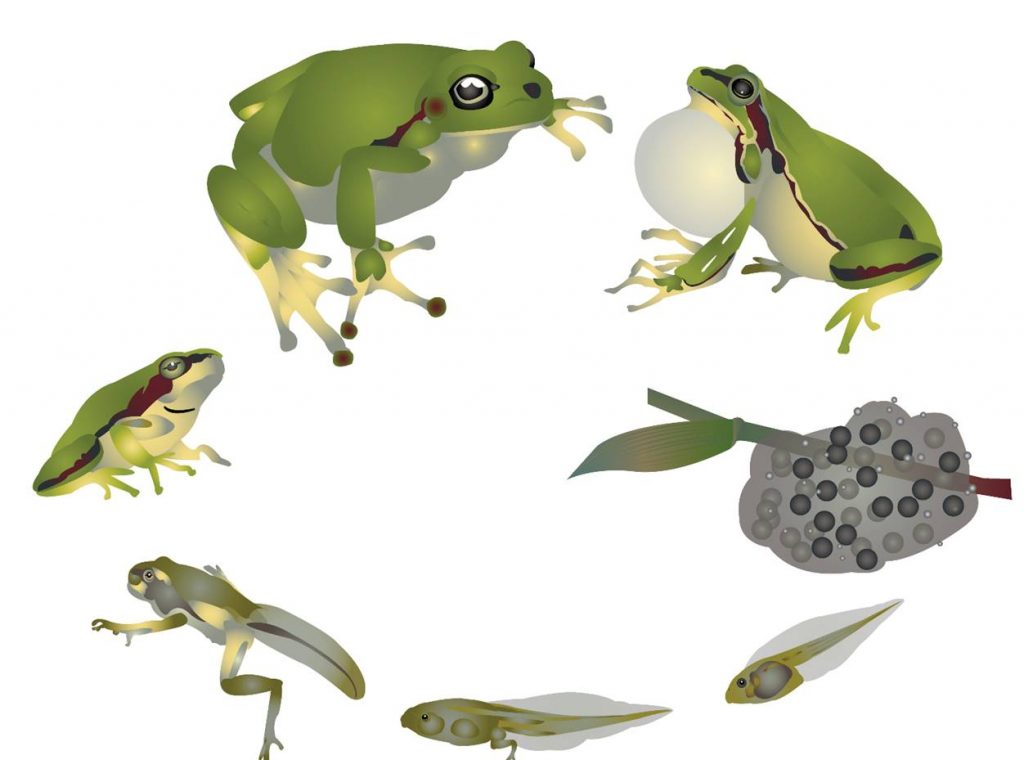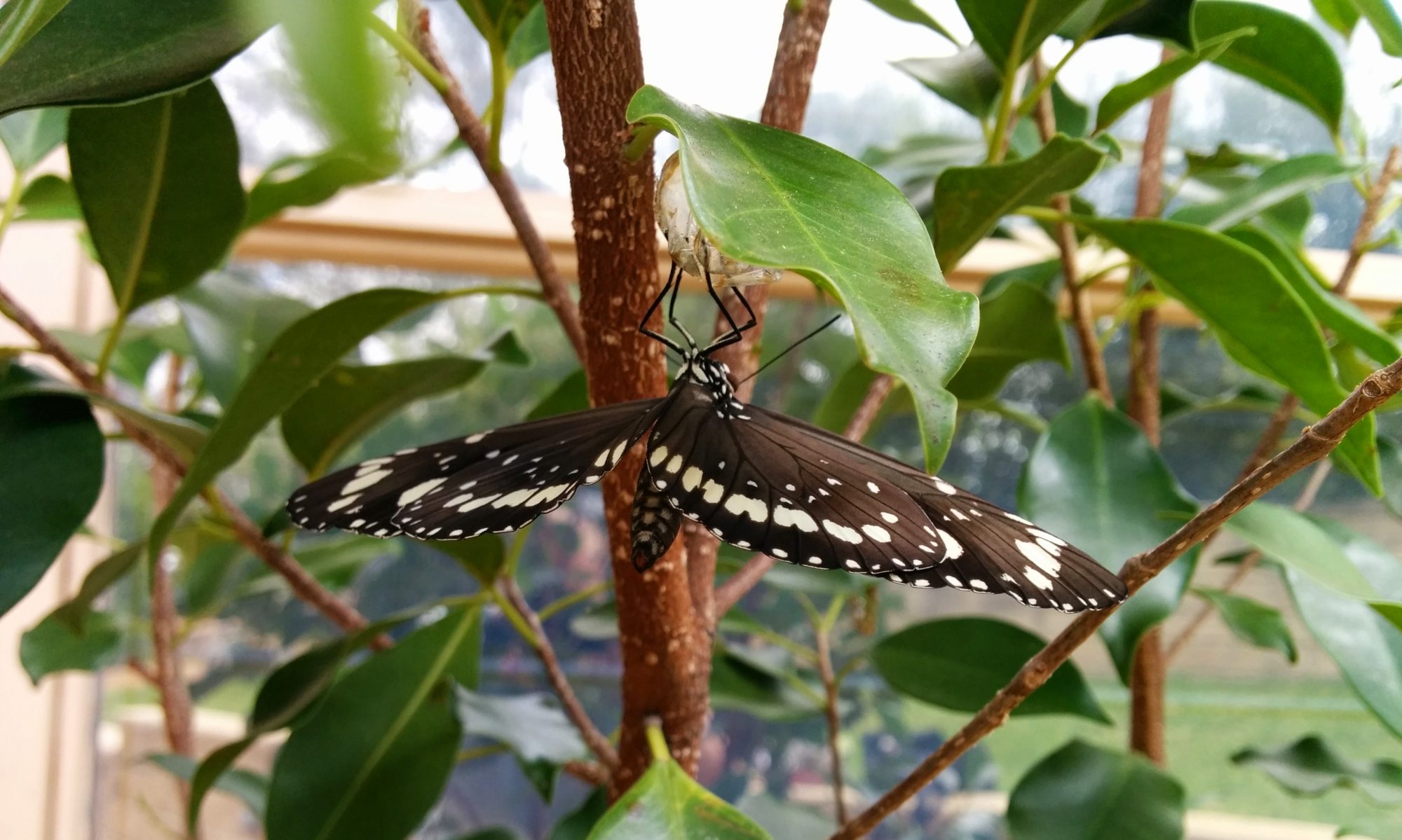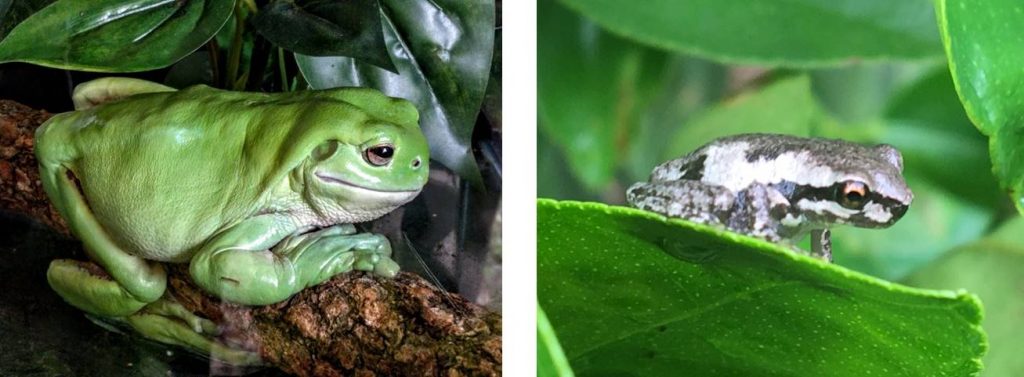Australia is home to about 240 species of native Amphibians, all of which are frogs. In urban areas, human development has reduced the natural habitat available to frogs. Fabulous Frogs is a great way to learn about frogs living in your backyard.
Discovering the frogs that live in your local area you can help protect them for the future.
Fabulous Frogs Program content:
In this program students will:
- Have a presentation on Australian frogs
- Explore frogs across Australia
- Classify frogs and other invertebrates
- Listen to frog calls
- Learn about the life cycle of frogs
- See live tadpoles

- Classification: Living Things – Vertebrates and Invertebrates
- Identification: Common groups of Invertebrates, Habitats and Comparing features
- Hands on investigation: Field works practices, Applying geographical tools and Observation
- Sustainability: Protecting habitats and Saving species
Science Made Easy combines resources with an in school learning module. There are a range of packages available to suit your science education needs.
Education Resources
Find education resources to help you and your students learn more about Australian Frogs and FrogID.
NSW Curriculum Links
Science and Technology K – 6
Skills
Students develop and apply skills in:
- scientific inquiry through the process of working scientifically
- design and production processes in the development of solutions
Knowledge and understanding
Students develop knowledge and understanding of:
- the natural world including living things and Earth
- the built environment
- how digital technologies represent data
Human Society and its Environment HSIE
Students:
- develop knowledge and understanding of the features and characteristics of places and environments across a range of scales
- develop knowledge and understanding of interactions between people, places and environments
Students:
- apply geographical tools for geographical inquiry
- develop skills to acquire, process and communicate geographical information
See the NESA website for full details.
https://educationstandards.nsw.edu.au/wps/portal/nesa/k-10/learning-areas/science
https://educationstandards.nsw.edu.au/wps/portal/nesa/k-10/learning-areas/hsie


